Introduction
The ripple effects of the pandemic made everything from toilet paper to bicycles hard to find. Consumers quickly gained a cursory understanding of the entangled and interdependent factors that get materials from Point A to Point B. After two years, many of the day-to-day inconveniences connected with the pandemic disruption related to the supply chain have faded or reduced in frequency, at least on a superficial level. But smaller manufacturers in the backpacking industry are still feeling the disruptions in ways both subtle and severe, and more challenges are on the horizon.
Ultralight backpackers have long accepted a delay of several weeks to months between ordering and shipping as standard practice in the cottage industry. But the price of Dyneema Composite Fabric (DCF) tents and shelters rose sharply as the fabric itself became more expensive and difficult for cottage manufacturers to obtain. Even backpackers who didn’t need to purchase any new gear encountered issues with purchasing some consumables, like the typical gas canisters used with lightweight backpacking stoves. Some stores – even major chains like REI Co-op – were out entirely or only offered limited options.
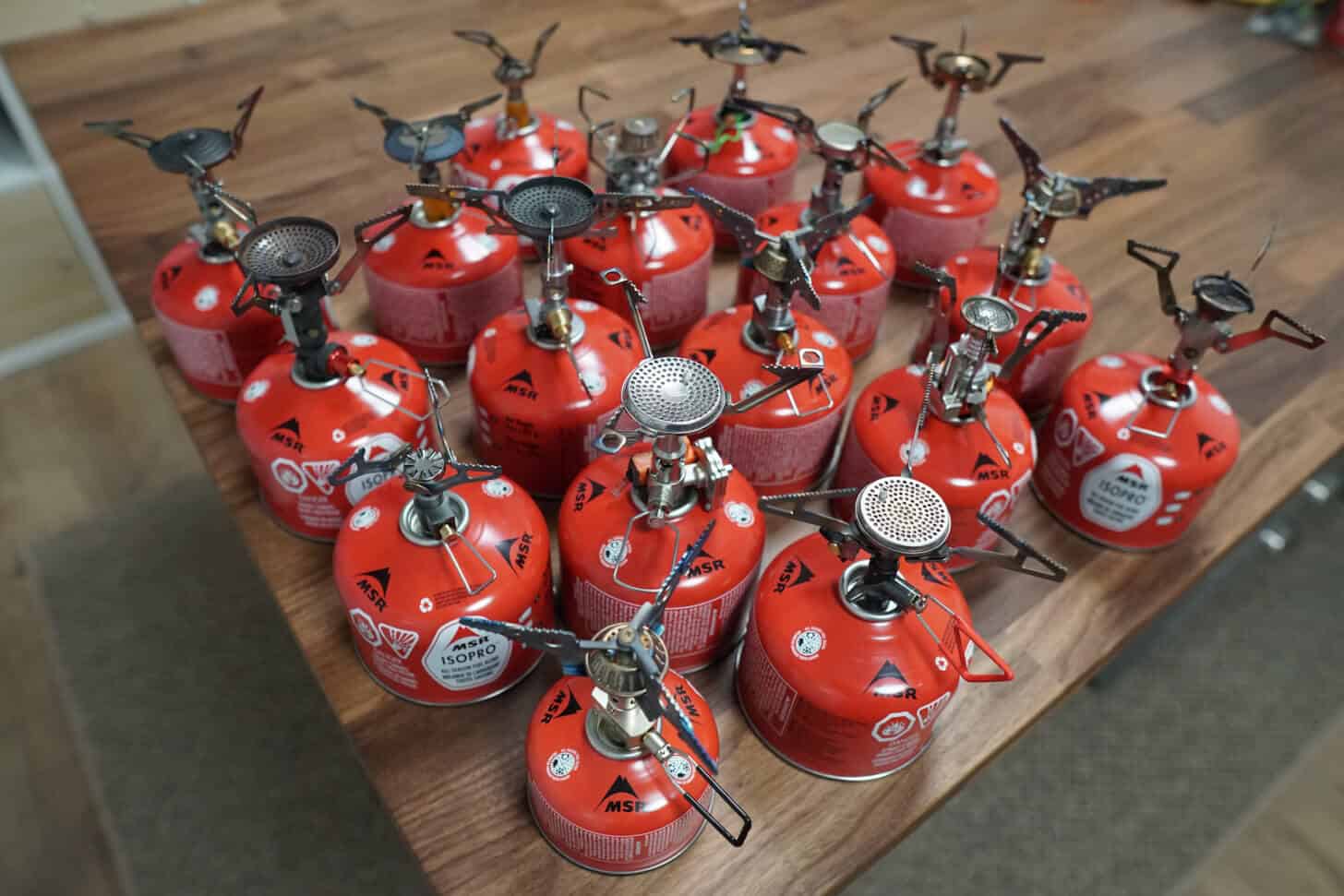
The pandemic also impacted warranty services, as replacement parts were subject to supply chain issues. On top of that, some warranty shops faced staffing issues as people were either sick or had decamped for greener pastures. Items I sent to Arc’teryx and Cascade Designs for warranty claims in 2020 and 2021 took several weeks longer to be processed than I had previously experienced. I had casual phone conversations with two warranty employees during the return process. Both described challenging conditions at their respective facilities regarding having staff on hand to open, evaluate, and ultimately resolve the warranty claims.
Posts across social media over the last two years, including the BPL forums, frequently discussed longer lead times for custom or limited-run pieces of gear. Posters also noted backorder and out-of-stock notices becoming increasingly common even among mainstream brands and at stores with significant market share and purchasing power.
These complaints come on top of concerns and discussions that predated the pandemic but have increased considerably since March 2020. Most of these discussions revolve around the increasing popularity of backpacking and hiking. Our sport’s pandemic-driven newfound popularity has resulted in new challenges. There are overuse impacts on trails and dispersed camping areas, permit and quota implementation difficulties in wilderness areas, and higher trail-use densities on public lands. All these issues can result in a degraded user experience.
But the ability to adapt to changing conditions is a crucial skill for backpacking. In many ways, it has proven crucial to the success of the smaller companies that are making backpacking gear.
This article is based on interviews with makers from several corners of the backpacking world. It will examine the highs, lows, current concerns, and unique challenges of the ultralight gear cottage industry.
From Our Archives: Listen to our ongoing podcast series where we interview cottage industry makers.
Why is Dyneema Composite Fabric so expensive?
Most backpackers have a practical appreciation for the quality of the high-tech fabrics used in ultralight backpacks and shelters. Such fabrics protect us from the elements and haul our gear around. And they do so for hundreds of days and thousands of miles without meaningful decreases in their performance. But most of us fail to fully consider the international production and distribution process, with many literal moving parts and production timelines involved. The changes to Dyneema Composite Fabric (DCF) pricing and production have been the most noticeable.
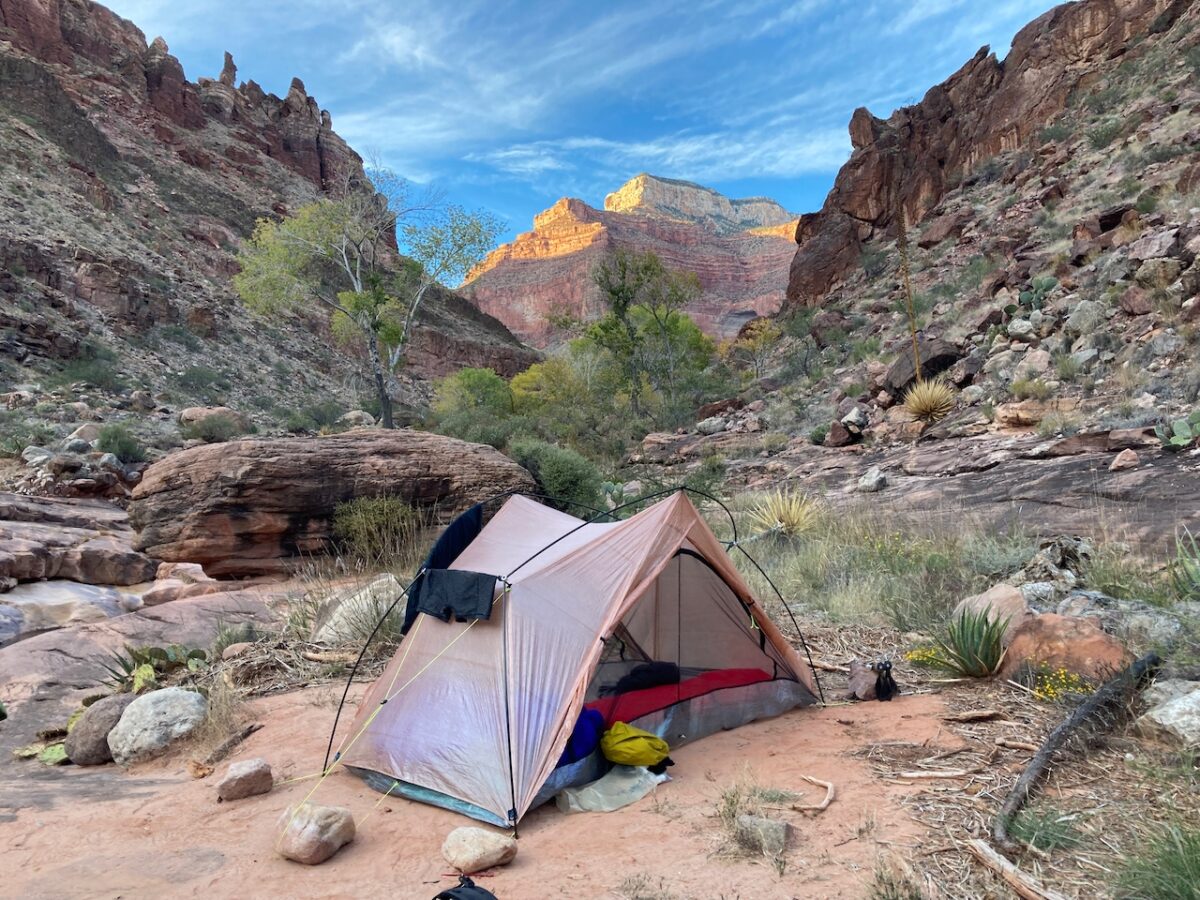
DSM, the company that makes Dyneema Composite Fabric, is still only one of a few companies working with ultra-high-molecular-weight polyethylene (UHMWPE). The way DCF is constructed – by arranging fibers between two laminate sheets of polyester rather than weaving – necessitates large batches and specialized equipment.
DCF production is limited – the fiber is made in Greenville, NC, and the fabric comes out of a single factory in Mesa, AZ. Ordering from these factories isn’t something that happens on short notice with a few emails. Production is scheduled months in advance. But delays with sourcing the appropriate fabrics, shipping logistics, or other issues can impact production schedules. Customers ordering larger volumes have priority. That affects scheduling and the quantity of material available for smaller companies. Outfits without an existing business relationship might be unable to get taken on as customers.
“Let’s not sit here and pretend like DSM will even acknowledge our existence. If you’re smaller than Zpacks or Hyperlight Mountain Gear, they won’t even return an email, let alone take our order,” said Chris Millard of Light AF, a cottage company specializing in ultralight backpacks.
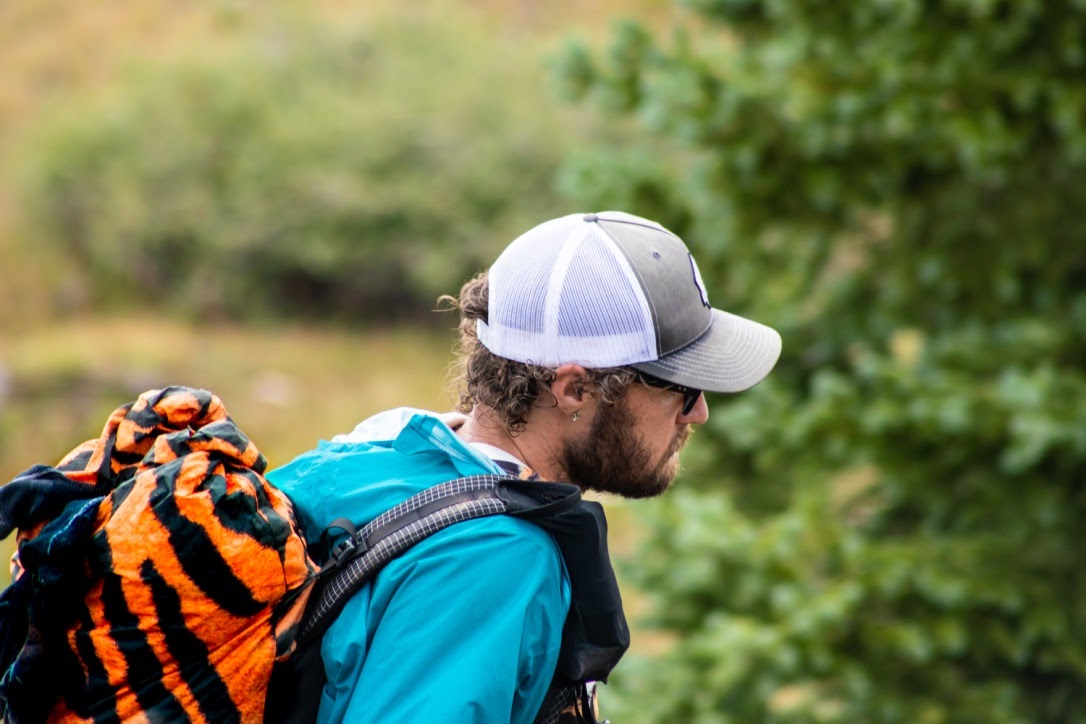
“[Even] prior to Covid, it was difficult to compete with the larger brands for materials and production sourcing if you want[ed] great suppliers. All the top suppliers don’t want to bother with you if you don’t have sufficient volume and reputation, so you can be left working with tier two suppliers that are often cheaper but don’t have the same quality, nor opportunities for innovation (e.g., new materials, new methods),” explained Dan Durston of Durston Gear.
Light AF was, until recently, one of few cottage companies using a dye-sublimation process on DCF. The result was unique and colorful packs that went beyond the neutral blues, greens, grays, and whites for which the fabric is known. Now Millard has announced the company will be moving exclusively to Challenge Sailcloth’s Ultra fabric. Other brands, such as Nashville Pack and Equipment Company and Pa’lante Packs are also switching.
Like DCF, Ultra is an UHMWPE. But it features a woven face fabric with a laminate backing instead of the “arranged and sandwiched” approach taken by DSM for Dyneema Composite Fabric. Like DCF, it has a high strength-to-weight ratio and is waterproof. But the best part – from a maker standpoint – is its availability.
As Dan Durston said, “everything about it is way easier, from smaller quantities to way better lead times. You can get it in weeks or a few months, whereas DCF is about a year right now.”
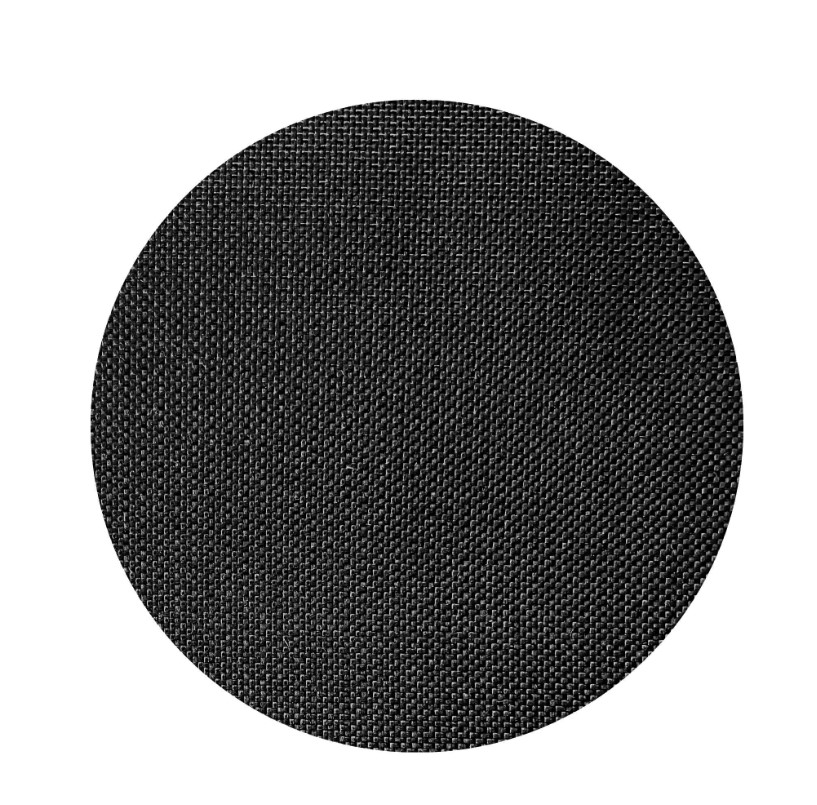
The advent of Ultra could go a long way towards solving the premium technical fabric supply issues that cottage manufacturers are currently facing. That could make for cheaper – but still high-performing – gear on shorter turnaround times, though the long-term durability of Ultra in ultralight gear applications is still unknown.
But there’s still the issue of factories.
“For tents, there are really only two factories in the world that build almost all of the premium tents, and we were fortunate to start with one of them…but if we were trying to start smaller, it probably would have been a no,” said Durston. “For many companies, making that jump from small-scale production to…top factories would be a hard one because you can’t get there gradually – you have to commit to a large production run.”
Finding factories that match the exacting standards of cottage gear makers while remaining in their price range is tough. Many cottage companies start with one person, a sewing machine, and a basement, and makers are able to ensure every piece matches their quality control standards. Once scaling begins, things get more complicated.
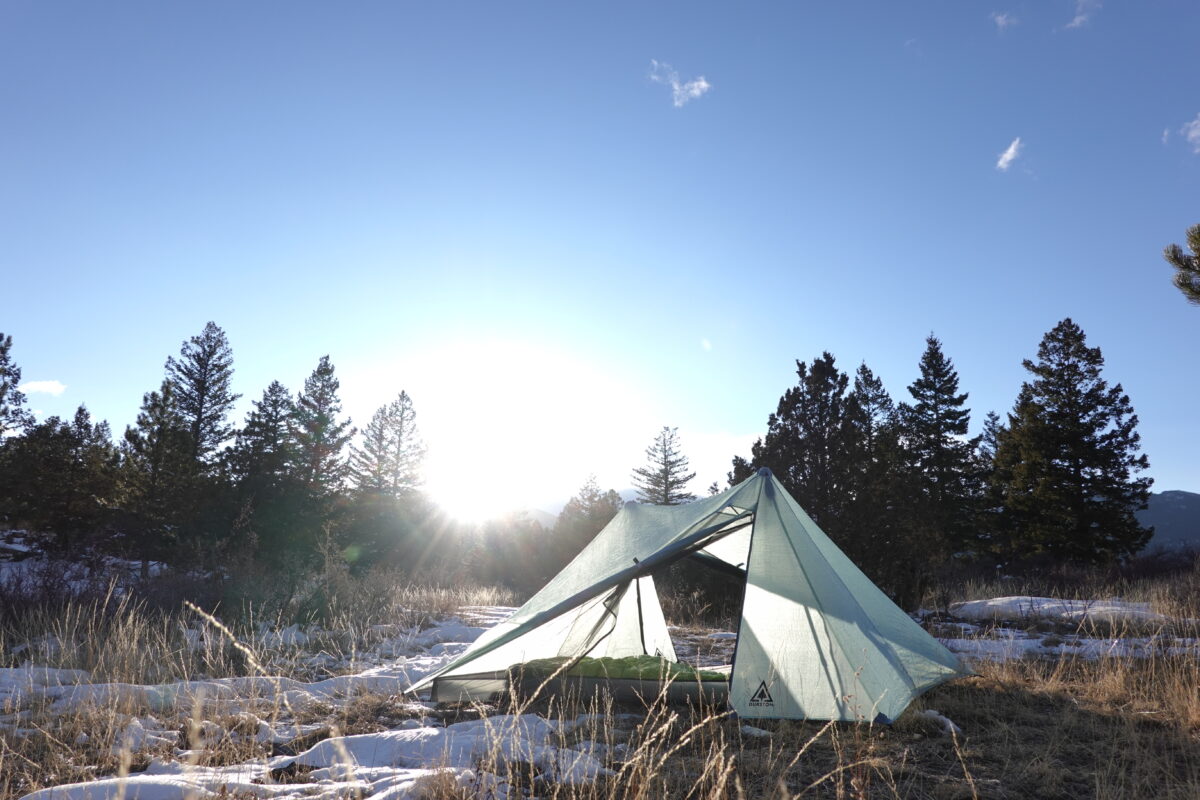
Matt Evans of Red Paw Packs has been a solo operation until just recently. Expansion has been rocky for him.
“The first factory I worked with a few months ago [created a batch of 50 fanny packs] and most of them were unacceptable for sale (and [are] now wasting space in my studio),” said Evans. “I want any item sold through my shop to match or exceed the quality that I produce myself.”
In our Community: Follow along as Backpacking Light members discuss the qualities and ramifications of new pack fabrics.
Scaling up and serving customers
Evans isn’t alone. Every cottage brand we reached out to mentioned the challenges of scaling. In a recent Backpacking Light Podcast episode, Food for the Sole co-founders Julie and Henry Mosier identified scaling as the largest hurdle they’ve faced so far.
Even medium-sized (by market share) companies struggle with it.
“When you’re a small and growing business, you must be creative in your solutions to almost everything. Scaling means you might be working out of a renovated basement turned into a drying room. Direct-to-consumer can be challenging for many cottage businesses, because while you’re busy making your product, you also have the added duties of marketing, accounting, shipping, etc. There are only so many hours in the day,” said Jennifer Scism, chef and co-founder at Good To-Go.
The ability to be involved in every aspect of the company and envision the use of a product comes more easily at smaller outdoor companies. Many of those interviewed focused on their appreciation of the creativity that they can exercise. Direct-to-consumer business models mean they get to genuinely engage with customers and backpacking communities online.
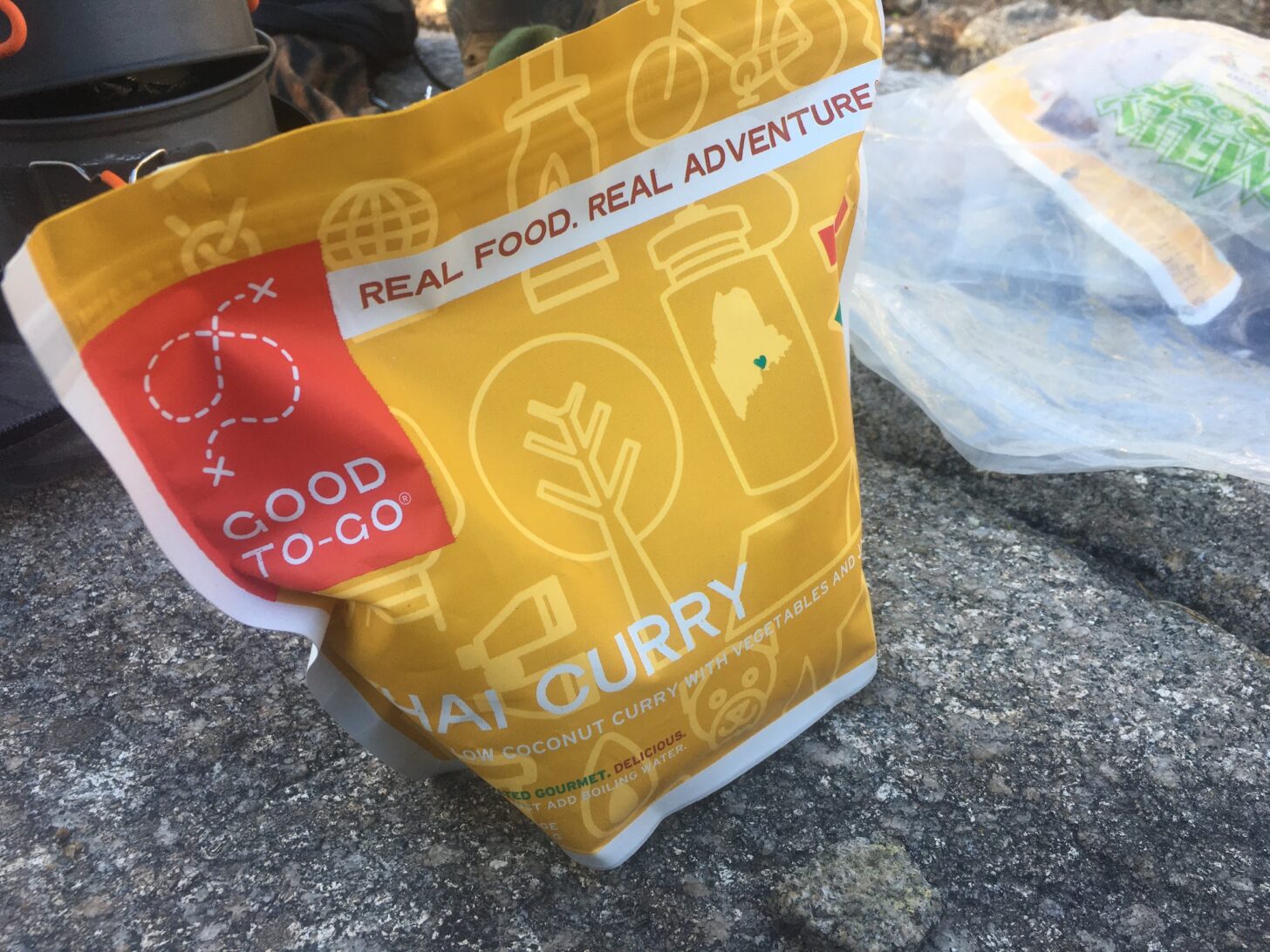
“The thought of a bunch of people eating meals we cooked ourselves all over the country, especially in some awesome areas is super cool,” said John Ritner of Pinnacle Foods, which he founded with his brother Ben. “It’s been a rewarding process to be covering every aspect of the process, from sourcing ingredients and packaging, to prepping, cooking, freeze-drying, packaging, shipping, marketing, sales, social media, etc.; our small team of three literally does everything, so it’s been fun getting our hands in everything, and being able to control the quality at every step.”
“A business model that I’m passionate about is direct to the customer,” said Dan Durston. “I think a gear company can better educate people about their gear than a retail store since we can develop in-depth product videos, be available online, provide detailed product pages, etc., whereas a retailer is handling numerous product lines and can’t provide the same depth.”
“Of course, a retailer can allow customers to touch and try the gear, so having both would be nice, but selling direct saves substantial retailer markup, which we can put to better use. Instead of an 80-100% retailer markup, we can put more money into making an even better product and still sell it for substantially less…overall, I think our direct-to-customer model is better for backpackers because it’s more efficient, allows us to build a higher-end product, and to innovate faster, so we think this strategy makes the most sense. With that said, maybe there [are] some benefits to being in a few retailers, so people have somewhere to touch and try the gear.”
Henry Shires of Tarptent had similar feelings about the benefits of the direct-to-consumer business model.
“I/we decided long ago to stay direct-to-consumer and not go retail. In the retail model, your customer is the store, not the end-user,” said Shires. “I much prefer selling direct to the person using the product. It leads to direct feedback and ultimately better products.”
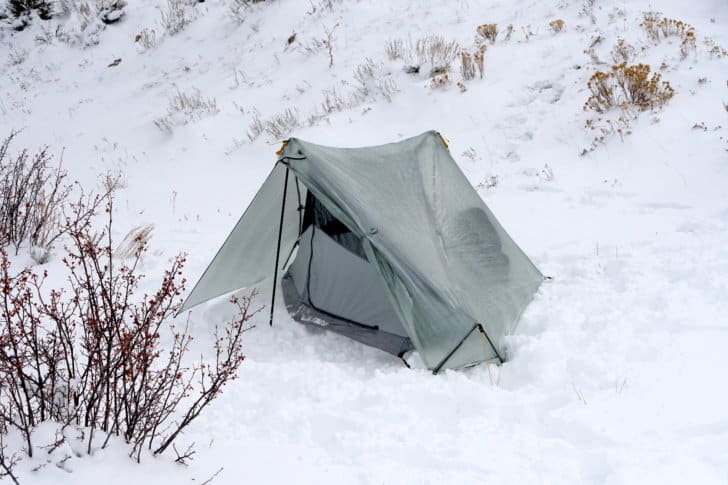
Offering custom-made pieces of gear for a user’s specific preferences or dimensions is a crucial part of the business of many cottage industry manufacturers. However, long wait times for custom gear – a factor even before the pandemic – do impact the overall business. Customization can be hard to sustain, and some small companies that start out offering it don’t do so for long.
“Our business model centers around quick fulfillment. This is so that people who want to be outfitted for a last-minute weekend getaway can make it happen while also experiencing the freedom of ultralight gear,” said Sarah del Puerto at Gossamer Gear. “For this reason, we do not make custom gear as that usually entails a multi-month waiting period.”
Finding capital
Access to the capital needed to start a business and expand it once it begins to grow is a challenge in any industry. It is one that several cottage manufacturers noted.
“My thinking about the biggest difference between cottage and larger/retail brands is that it all comes down to capital investment. We have been forced into a heavy capital investment model due to our growing line of Dyneema [Composite Fabric] tents,” said Henry Shires of Tarptent. “All product businesses go through managing supply and demand, and it’s really just a matter of scaling to meet your expected demand while managing risk with available capital.”
John Ritner of Pinnacle Foods noted that managing capital resources and preparing for demand was a challenge and required careful strategizing.
“Since the beginning, we have been trying to scale up as we grow, which is hard because we didn’t want to get ahead of ourselves with a ton of debt before the demand was there. When we launched, we were doing everything in a shared-use commercial kitchen in the early mornings before we headed off to our day jobs. We produced 40 meals per week and got things going with just some of our savings,” he said. “Without access to a ton of capital, we have been trying to grow as demand grows, which is a hard guessing game. We recently moved into an awesome 3,200 square foot kitchen…and are feeling really ready for our next big push.”
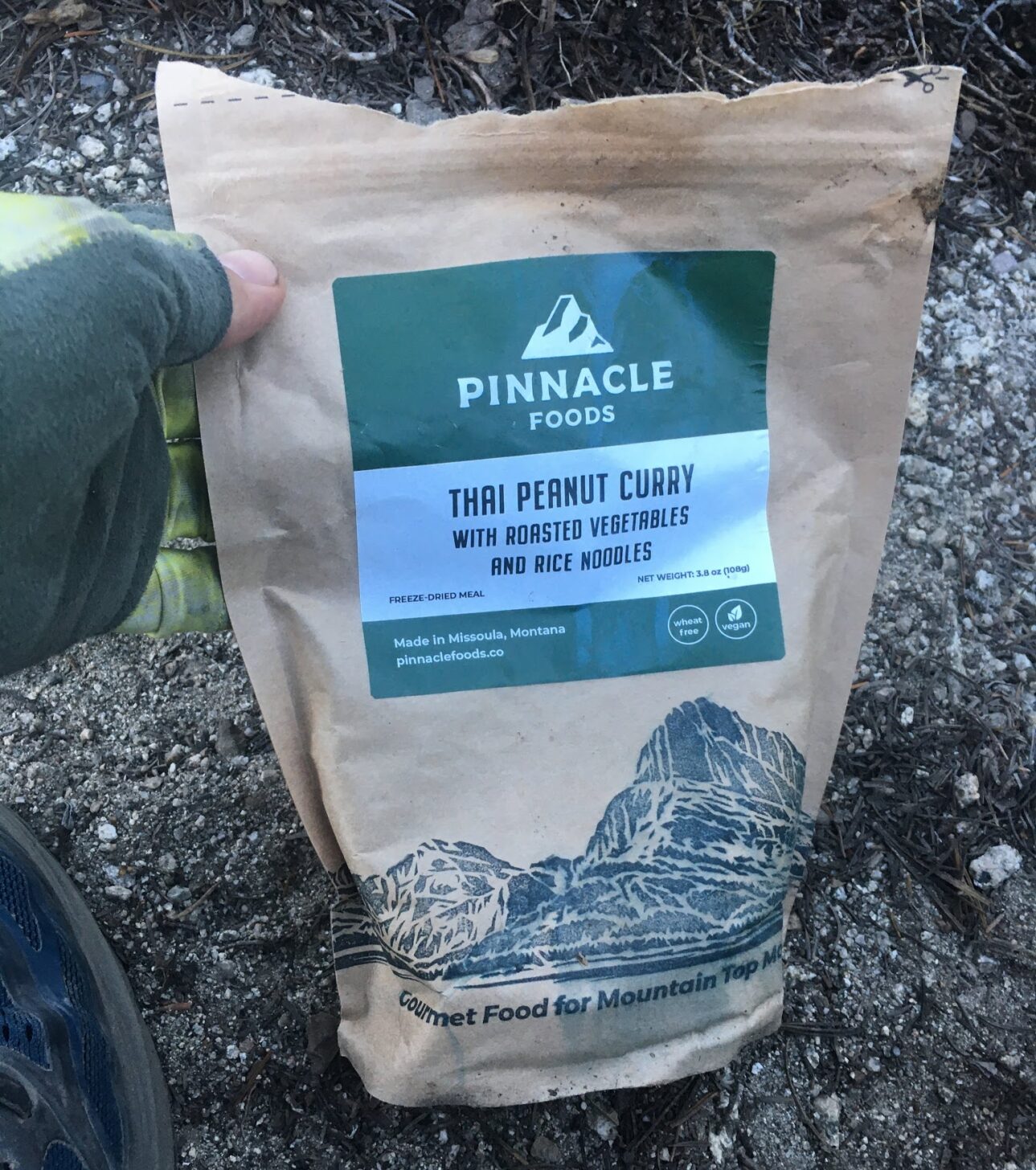
Sometimes a product might sell out even before an unforeseeable increase in interest due to internet hype. That can be rough for smaller companies with less capital on hand.
Dan Durston noted that when supply chain issues occur, “That’s hard for everyone, but especially hard for us newer and fast-growing companies because now we can’t respond as quickly to rising interest. We wind up out of stock on popular tents and with long waits to get more. The only solution is to estimate demand much further out (e.g., two years instead of six months) and act on that, which is harder/risky, and it ties up a lot more money in order deposits and materials.”
The unique challenges of packaged food
Makers of cottage industry packaged meals are also affected by the recent world events and economy.
Pinnacle Foods launched only a few months before the pandemic began, so they don’t have a baseline to compare with what business was like in the pre-pandemic years. Despite that lack of comparison, they have noticed issues directly related to the supply chain.
“We did have some issues with packaging because the company making our bags was working at 50% due to Covid precautions, so we did have to use some really large bags for a few months, which was a bummer,” said John Ritner of Pinnacle Foods. “We have also seen food costs go up pretty significantly over the past year, which is always tough to manage.”
Good To-Go saw a sharp increase in demand – with an over 300% increase in revenue in March 2020 – at the pandemic’s beginning. They aren’t the only ones – many of the food brands we reached out to for testing samples in 2020 and 2021 were completely overwhelmed by the demand of panic buying. The situation has generally leveled out since then, with a few occasional spikes in demand.
“As far as ingredients, yes, there have been struggles, but our in-house purchasing manager is a rock star. Over the past two years, we’ve only had to cancel one day of production due to ingredients,” said Jennifer Scism. “Throughout this unprecedented time, we feel very fortunate to have had great relationships with our suppliers – that has helped us stay on track and overcome obstacles as they arise.”
Because the internet
According to our interviewees, social media is “a wild rollercoaster” or “very much a bull in a china shop.” But they also identified it as a way to foster authentic connections with the folks who use their gear and monitor trends that could help prioritize product development or scheduling.
When asked about the challenges of being a smaller company in the outdoor market, Jennifer Scism at Good To-Go notes marketing as her second-most pressing challenge behind scaling.
“We don’t have the budgets the larger brands do. We’re a small brand that does everything in-house, from production of the meals to communicating with our customers,” she said.
While marketing and managing social media can be time-consuming, it also has benefits.
“Being a smaller brand allows us to connect more intimately with our customers. They can reach out with questions and ideas and know someone on our team is going to respond. We’re also more nimble than the larger brands. For example, we can see in real-time if a particular meal seems to be increasing in popularity and can switch production to address demand more quickly.”
Dan Durston agrees.
“The two most enjoyable parts for me are being able to design exactly what I want and being able to engage with the community along the way for ideas, stories, and shared enthusiasm. As a small company, it’s really neat to undertake the full process of having an idea (which typically occurs while I’m out hiking), putting it down on paper, prototyping it to perfection, and then getting it out to customers,” said Durston when asked about the rewards of running a cottage industry backpacking business.
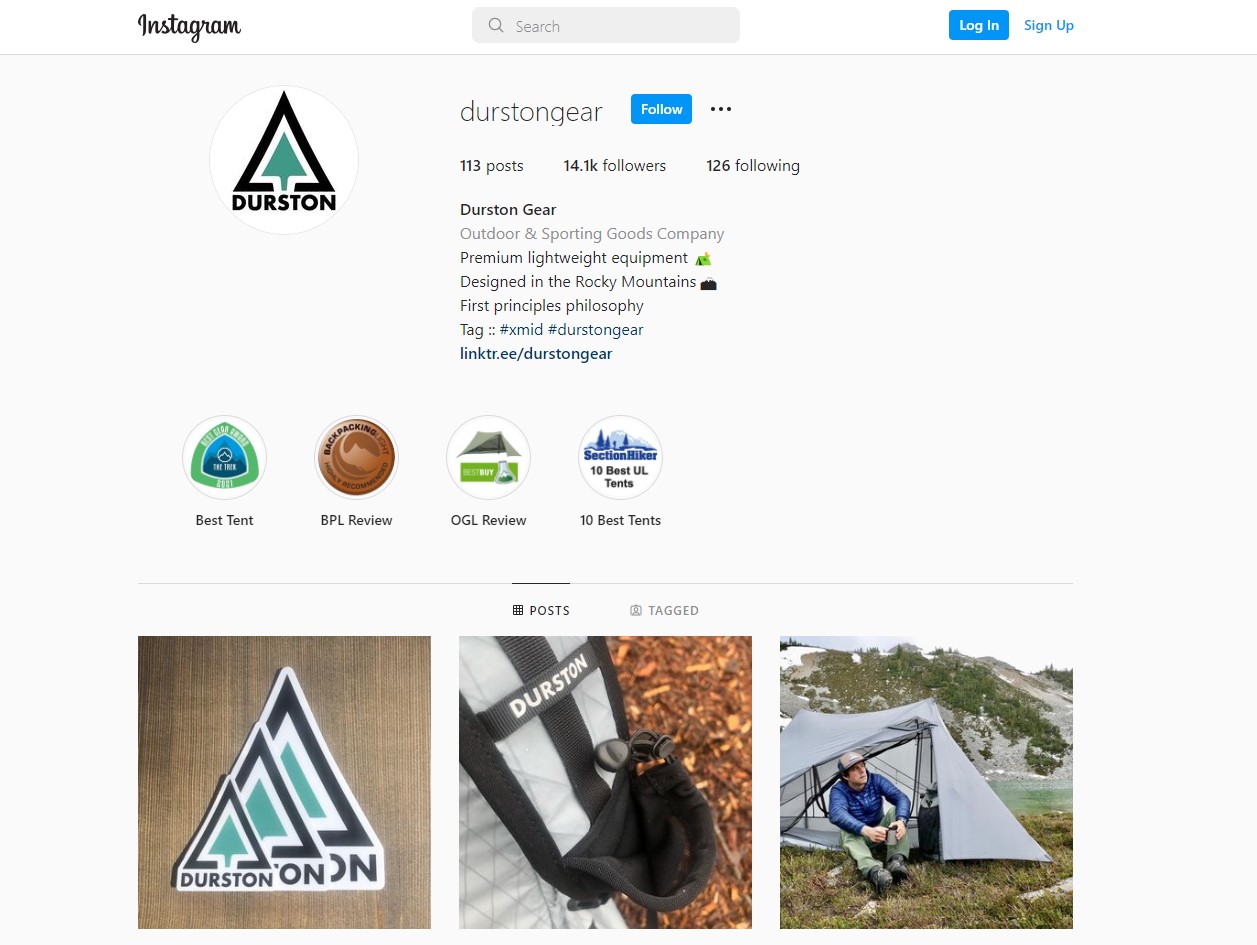
“In a larger company, you’d be part of a larger team designing something where any one person’s ideas are likely a much smaller piece of that process, and they wouldn’t have the same personal investment in the finished product. Seeing ideas come to life is incredibly rewarding, and so is seeing people loving the gear and using it on their adventures,” he continued. “Through the Durston Gearheads group on Facebook and other outlets like Instagram, it’s a joy to people out using the gear. Neatest of all is hiking into a campground here in the Rockies and actually meeting someone in the wild that is using my gear.”
Looking forward
The supply chain has stabilized somewhat, but it seems likely that cottage industry manufacturers will continue facing inflation, staffing challenges, increased transportation costs, material backlogs, and logistical issues. If you’re planning on purchasing from a cottage industry manufacturer, it seems prudent to submit your order as soon as you’ve decided on a product – wait too long, and the product could be out of stock for weeks or months, see a price increase, or see its production indefinitely postponed.
When this happens, it seems best to remember that the person on the other end of the internet is a real human, and forces beyond their control might be impacting your order.
Conclusion
Despite the sheen of romance that surrounds it, there’s nothing particularly fascinating or intriguing about the cottage industry in a purely economic sense. Makers face all the same difficulties – albeit on a different scale – as any business endeavor does.
But the dedication, innovative designs, and often superior quality of many products made by cottage industry manufacturers are remarkable. Cottage makers engage in customer correspondence about customization options, design choices, or deep dives into material selection. The result is a business relationship that both the consumer and producer seem to find deeply rewarding – a feedback loop of innovation and design ethos with a purpose firmly rooted in enjoying the natural world.
The people behind the sewing machines – their goals and dreams, their challenges and triumphs, their philosophies and ideas – are well worth reflecting on as you pack up for your next trip.
Andrew Marshall also contributed reporting to this piece.
Related Content
- Read more by Mark Wetherington.
- Browse Backpacking Light content by brand here.
DISCLOSURE (Updated April 9, 2024)
- Product mentions in this article are made by the author with no compensation in return. In addition, Backpacking Light does not accept compensation or donated/discounted products in exchange for product mentions or placements in editorial coverage. Some (but not all) of the links in this review may be affiliate links. If you click on one of these links and visit one of our affiliate partners (usually a retailer site), and subsequently place an order with that retailer, we receive a commission on your entire order, which varies between 3% and 15% of the purchase price. Affiliate commissions represent less than 15% of Backpacking Light's gross revenue. More than 70% of our revenue comes from Membership Fees. So if you'd really like to support our work, don't buy gear you don't need - support our consumer advocacy work and become a Member instead. Learn more about affiliate commissions, influencer marketing, and our consumer advocacy work by reading our article Stop wasting money on gear.

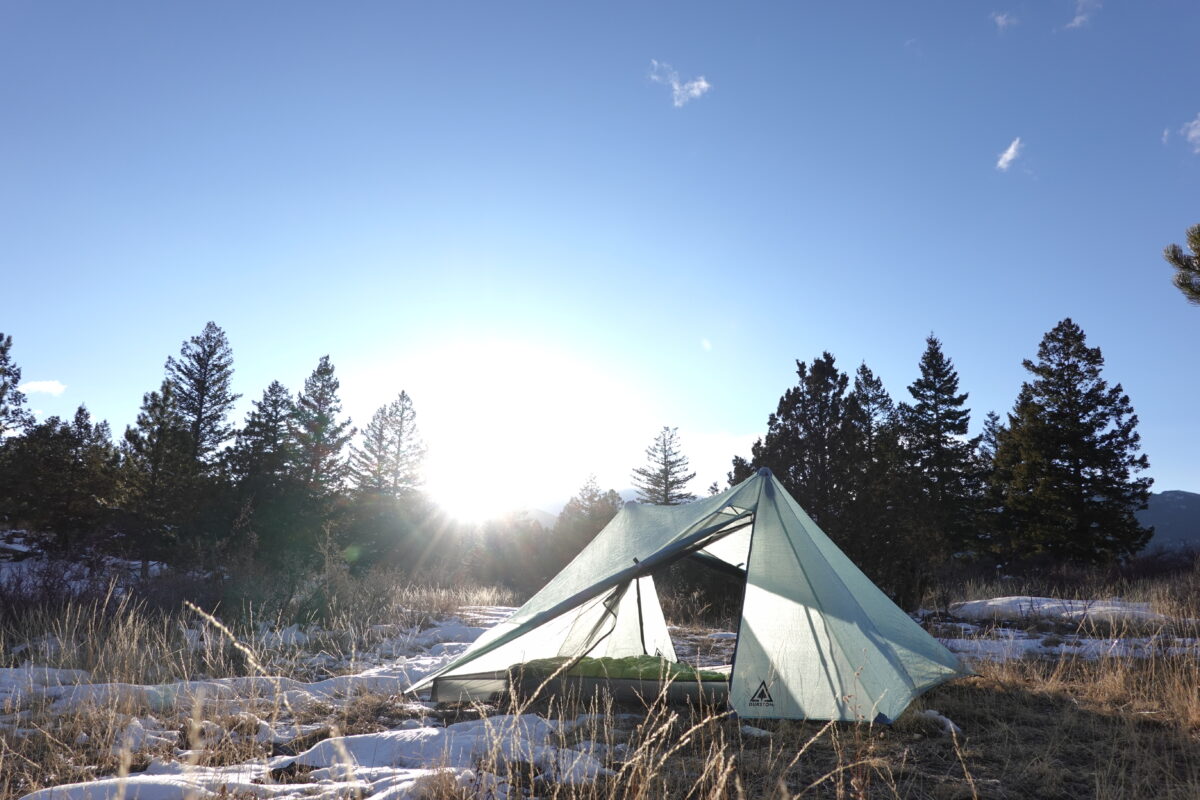


Home › Forums › Ultralight Cottage Gear Makers Reflect On The Last Few Years